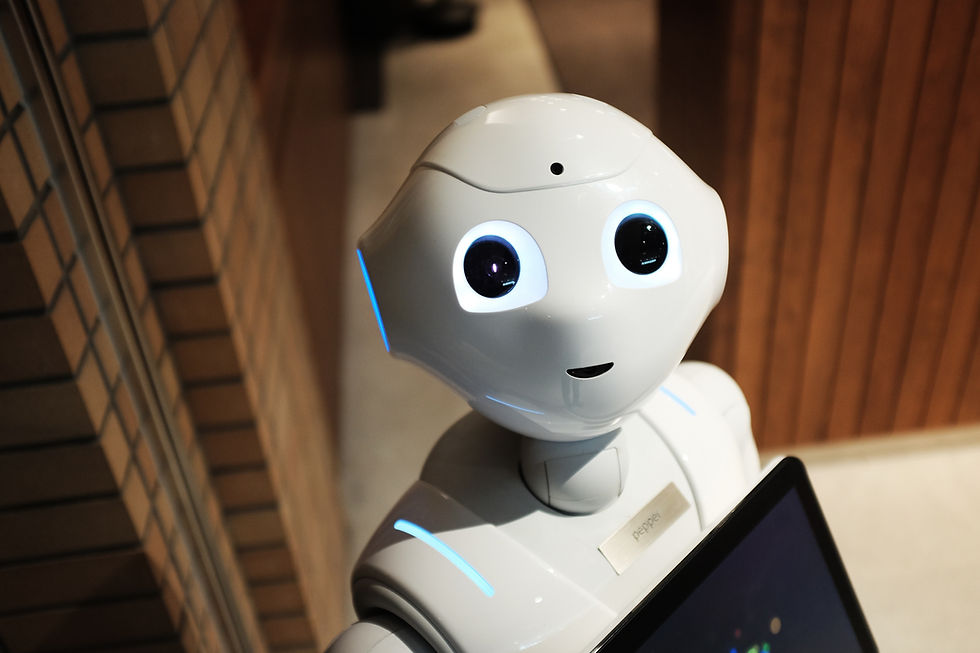Bridging Gaps with Artificial Intelligence: Towards an Inclusive Future
- Yaara
- Feb 14, 2024
- 2 min read

In my recent talk about the intersection of Artificial Intelligence (AI) and society, one theme has continuously emerged: AI's profound implications for education and the job market. At the heart of these conversations lies a critical question – will AI serve to bridge or widen the existing gaps between different social groups and populations?
The Double-Edged Sword of AI
The discourse surrounding AI's role in shaping social disparities is complex and nuanced. On one side, there are concerns that AI might exacerbate existing inequalities if not thoughtfully managed. The fear is that AI could unintentionally magnify socio-economic divides, making the rich richer and the poor poorer, thereby perpetuating a cycle of inequality.
This concern is not unfounded. AI and automation technologies can potentially displace jobs, with low-income workers often being the most vulnerable. Moreover, the digital divide – the gap between those with access to modern information and communication technology and those without – could widen if AI technologies become predominantly accessible to those with more resources.
The Transformative Potential of AI
However, balancing these concerns with an optimistic view of AI's potential is crucial. AI can revolutionize how we learn, work, and interact with the world around us. When combined with inclusive access and comprehensive education initiatives, AI can be a significant force for good.
Democratizing AI Education
One of the most powerful tools at our disposal is education. By providing access to AI technologies and education in the field, we can empower individuals with the knowledge and skills necessary to thrive in the new digital economy. This is not just about teaching coding or data analysis; it's about fostering an understanding of how AI works, its implications, and how it can be used responsibly to benefit society.
Democratizing AI education and ensuring it is available across diverse communities is crucial to bridging societal gaps. It offers a pathway to upward mobility and can help level the playing field, giving everyone a fair chance to succeed in the future job market.
Creating an Inclusive AI Ecosystem
Achieving an inclusive AI future requires a concerted effort from various stakeholders. Organizations, policymakers, and educators must collaborate to prioritize inclusivity, equity, and accessibility in AI development and deployment.
This involves removing barriers to entry and supporting individuals from all backgrounds in engaging with AI technologies. It is about creating opportunities for everyone to contribute to and benefit from AI advancements, regardless of socio-economic status.
The Way Forward
As we navigate the complexities of AI's impact on society, we should focus on harnessing its potential to foster inclusivity and equity. By promoting accessible AI education and creating an inclusive ecosystem, we can mitigate disparities and work towards a more equitable future.
The journey towards an inclusive AI future is challenging and fraught with obstacles. However, by embracing a collaborative and thoughtful approach, we can ensure that AI serves as a bridge, rather than a barrier, to social and economic inclusion. Let's commit to creating a future where everyone can benefit from AI's transformative power.
Comments